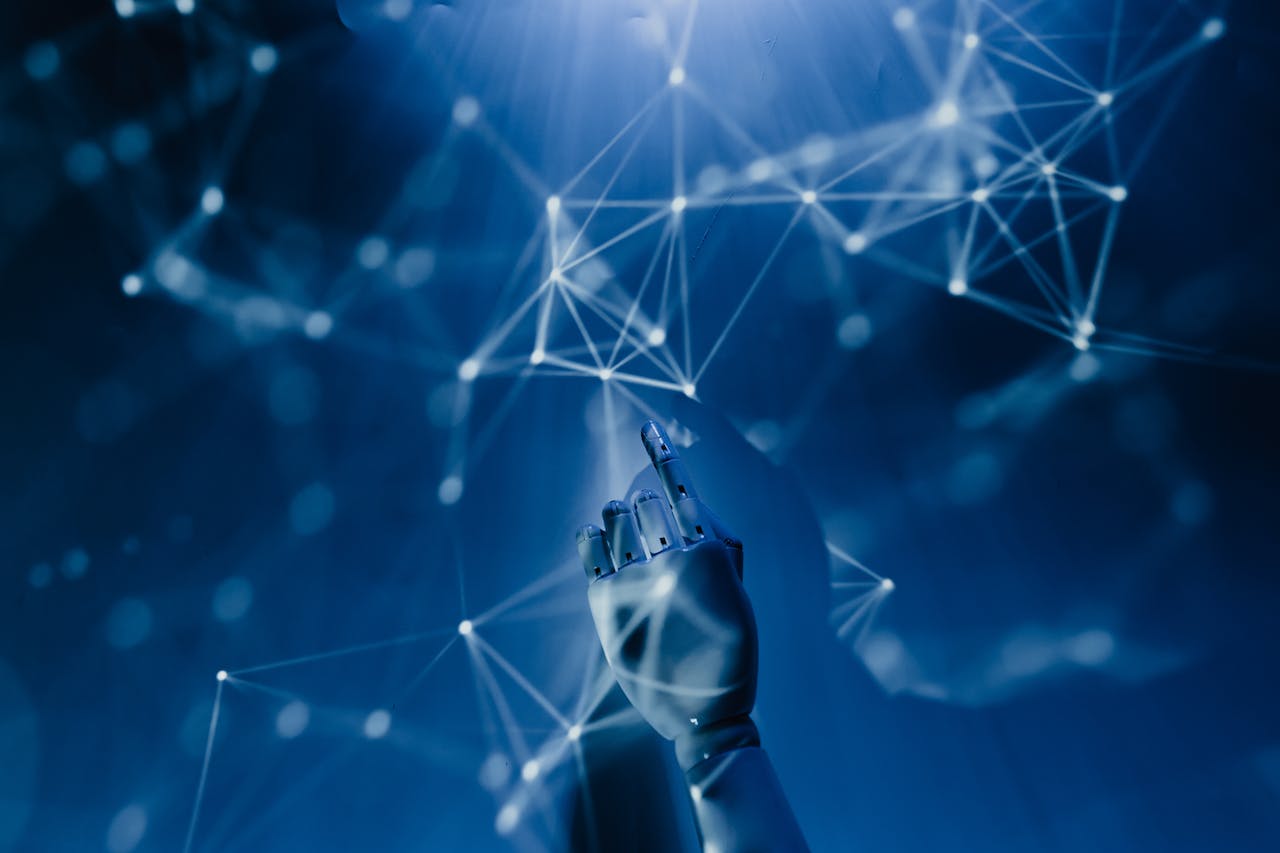The term “robot” refers to any programmable and self-controlled device that consists of mechanical, electrical, or electronic components. The more general definition of a “robot” is any machine that functions in the place of a living agent.
Robots can be guided either by external control or controls embedded within. While most people’s idea of a robot is any human-like machine, most robots are otherwise constructed to perform a task regardless of their aesthetics. They can be autonomous or semi-autonomous and can perform various projects that humans may find undesirably mundane, repetitive, or even dangerous. Currently, robots are being used to speed up the production line and automate simple and repetitive tasks. This allows manufacturers to keep up with rising consumer demand and stay ahead of the competition.
History
The concept of robots is quite an old one, yet the actual term “robot” was first applied during the 20th century in the 1920 play Rossum’s Universal Robots (R.U.R.) by Czech writer Karel Capek. However, it was not Karel who invented the term, but his brother Josef, a painter and writer. The word “robot” itself was not new, as it was derived from the Slavic word robota, which means “forced laborer” or “slave.”
While robots do not have to look or act like humans exactly, they do need to be flexible and adaptable so that they can perform a variety of tasks.
The earliest industrial robots were called “manipulators,” consisting of mechanical linkages and steel cables. Industrial robots usually feature a jointed arm (multi-linked manipulator) and an end effector (the device at the other end of the robotic arm), which is typically attached to a fixed surface. Remote arm manipulators can now be controlled by push buttons, joysticks, or switches. You can see these robots in assembly factories.
Current robots are equipped with advanced sensory systems that process information, which makes them function as if they have brains. The “brain” is a computerized type of artificial intelligence (AI). AI enables a robot to recognize and identify conditions and decide on a course of action based on these conditions.
The basic components of a robot:
- Effectors – the “limbs” of a robot (“hands,” “arms,” “legs,” and “feet”).
- Sensors – these are parts that enable a robot to sense things or objects (heat, light, obstruction, etc.) and convert the object information into symbols that computers understand.
- Computer – the “brain” of the robot that consists of instructions, called algorithms, to control the robot.
- Equipment – it includes mechanical fixtures and tools.
What differentiates robots from mere machinery is that the former usually “behave” by themselves and are sensitive to their surrounding environment. They can also adapt to varying conditions of the environment or errors in prior performance. They are also task-oriented and are designed to do and try different methods to accomplish a task.
Standard industrial robots are typically heavy and rigid machines; they are familiar sights in factories and manufacturing plants. These robots usually operate in a highly controlled environment and carry out highly repetitive tasks through pre-programmed controls. Tele-operated robots, on the other hand, typically work in a semi-controlled environment, such as the bottom of the sea or a nuclear facility. They perform non-repetitive tasks and have restricted real-time control.
Robots are better than humans in many ways, such as:
- Handling repetitive, tedious tasks – repetitive tasks (such as collecting large volumes of data) can be boring… and in some ways, even harmful. This is quite true for mundane and monotonous duties that require unwavering focus, which leaves a human worker little free time to relieve their boredom with creative and fun activities. We have got to thank robots who relieve humans from tedious chores that range from weeding to installing car parts in an assembly line. And they don’t get tired from doing such repetitive tasks.
- Extreme sensing capabilities – sensors, such as highly sensitive microphones and cameras, have plug-and-play capabilities that seemed inconceivable a decade or two ago. Robots can now work even in ever-changing environments, along with the computing power needed to analyze data from the sensors. For instance, robots use their sensors to detect hidden leaks through walls, detect smoke or harmful air quality, or a distant noise from the backyard that is too faint for the human ear to hear.
- Complete focus – unless a human actually controls a robot to respond to actions while working on a task, a robot cannot be distracted. A robot’s unwavering focus and consistent, dedicated attention enable it to accomplish repetitive and tedious tasks.
- Power and speed – being “force multipliers,” the strength and speed of robots enable them to complete a variety of tasks quickly, efficiently, and safely. For instance, robots can lift heavy objects, tighten bolts to optimal torque, and work with no interruptions or pause. Robots can also excel in non-industrial fields by quickly and effectively managing routine event data through gathering, processing, and delivering reports.
- Flawless and objective recall – human memory can be faulty and lack objectivity due to emotional factors. Humans can lie to make things look better than they actually are. Robots, on the other hand, can provide automated lists, a recorded voice, camera footage – and nothing more. What you see is what you’ll get from robots.

